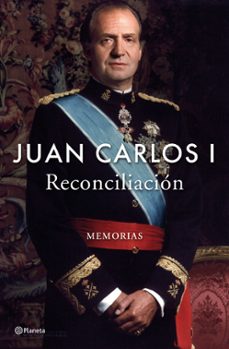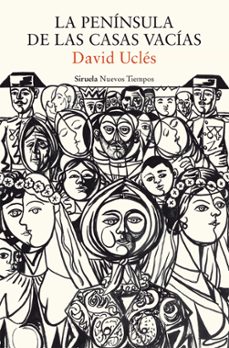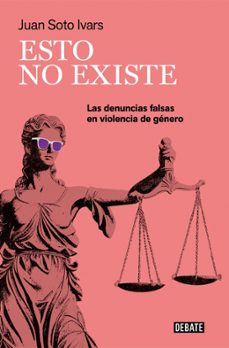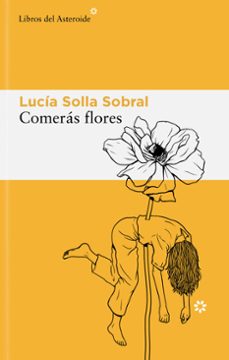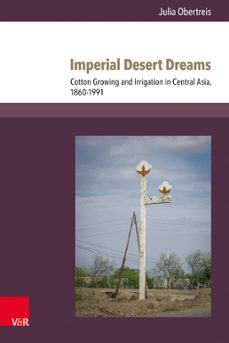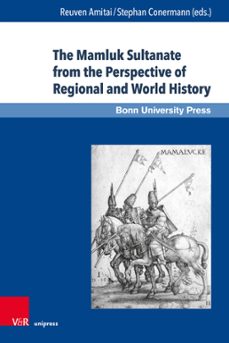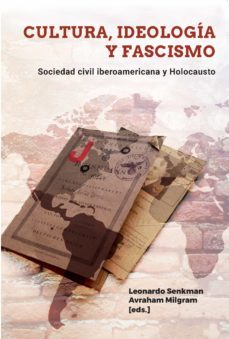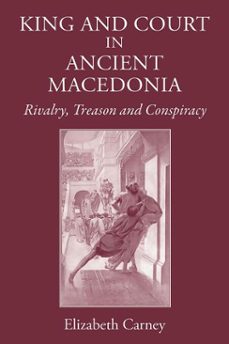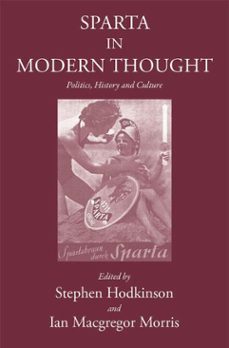Die Studie untersucht fur die Jahre vor dem Ersten Weltkrieg anhand der arabisch-palastinensischen Zeitung Filas?in lokale Debatten um politische Ordnung, kollektive Identitat und Beziehungen zwischen ethnischen und konfessionellen Gruppen; dies vor dem Hintergrund transregionaler und transosmansicher Zusammenhange. Dies ist deshalb relevant, weil Gruppenbeziehungen in Palastina fur diese Phase der osmanischen Moderne wenig erforscht sind und sich in einer tiefen Umbruchphase, einer sog. Sattelzeit, befanden. Filastin, veroffentlicht ab 1911 in Jaffa von Isa al-Isa und Yusuf al-Isa, lokalen griechisch-orthodoxen Christen, diente als Medium, in dem ein vielfaltiges Spektrum an palastinensischen Autoren verschiedener Konfession folgende Fragen kontrovers verhandelte: 1. Regeln des Zusammenlebens im multiethnisch und multikulturell gepragten Jaffa; 2. Die Integrierbarkeit der judisch-zionistischen Einwanderer in die Region, und 3. die Partizipation arabisch-palastinensischer Christen im von Griechen dominierten griechisch-orthodoxen Patriarchat von Jerusalem.Exploring Filas?in in the context of Arab Palestinian press development, its specific environment and networks, and the political culture after the Young Turk Revolution, this study analyzes the main concepts and terminological features that are conveyed through ist coverage. Further, it studies Palestinian group relations in the light of three selected case studies: the press debate on 1. the social cohabitation of groups in the Jaffa region, 2. the socio-economic integration of Zionist immigrants into the Jerusalem District, and 3. the political participation of Arab Palestinian Orthodox Christians in the administration of the Greek Orthodox Patriarchate of Jerusalem, and their opposition against the clerical establishment.Filastin was published from 1911 onwards in the coastal town of Jaffa by the cousins Yusuf and Isa al-Isa, Arab Palestinians of Greek Orthodox confession. Soon, it had established itself as a forum of debate in late Ottoman Palestine, serving a pool of authors from different ethnic and confessional but similar educational backgrounds and moral values as a public medium to which they contributed through publishing articles, protest letters, petitions, etc. On its pages, these authors controversially discussed concepts of collective identity, society-building, political order and all kinds of reforms that they perceived progressive and as fitting the spirit of the age, as they called it: the age of Ottoman Constitutionalism and modernity. This study explores local debates on Palestinian group relations through Filastin during the years 1911 until 1914 which is relevant since, during this period of time, the Arab Middle East in general and Palestine in specific underwent a so-called saddle period; a deep and fundamental change with regard to social relations and political concepts that is still rather unexplored in todays scholarship.
Ver más 


